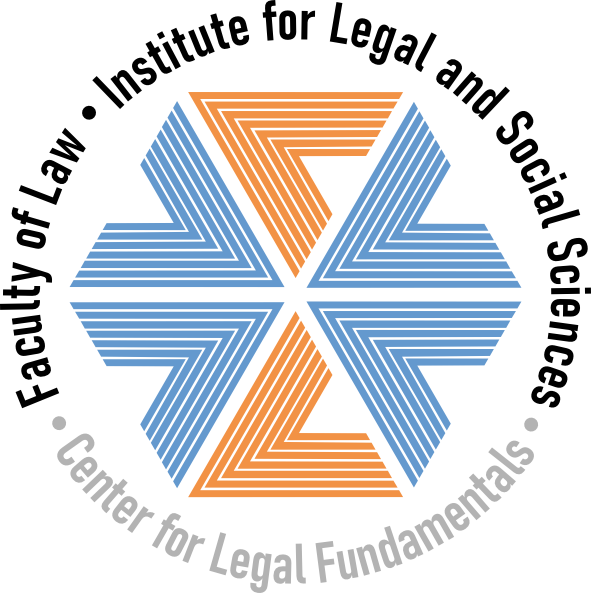The parliament of the kingdom of Serbs, Croats and Slovenes: projects, the constitution, and reality (1918–29)
Abstract
The kingdom of Serbs, Croats and Slovenes, founded in 1918, enacted its first constitution (the Vidovdan–St. Vitus Day–constitution) on 28 June 1921. This constitution remained in force until 6 January 1929. Although various projects and drafts existed for the constitution, with very different concepts of what the parliament should look like, the one finally adopted was largely based on the Serbian constitution of 1903, with a more or less classical unicameral parliamentary model. However, in practice, the parliament was weak and frequently hindered by obstructions, and the king (Alexander Karađorđević) played the leading role. This article focuses on presenting the position of the parliament according to the Vidovdan constitution, but with a glance both backwards and forwards–to the alternatives that were proposed in other constitutional projects (and the Serbian constitution of 1903), and to how these constitutional regulations performed (or failed to perform) in practice.
Source:
Parliaments, Estates and Representation, 2020, 40, 2, 245-259Collections
Institution/Community
Pravni fakultet / Faculty of Law University of BelgradeTY - JOUR AU - Kršljanin, Nina PY - 2020 UR - https://ralf.ius.bg.ac.rs/handle/123456789/1220 AB - The kingdom of Serbs, Croats and Slovenes, founded in 1918, enacted its first constitution (the Vidovdan–St. Vitus Day–constitution) on 28 June 1921. This constitution remained in force until 6 January 1929. Although various projects and drafts existed for the constitution, with very different concepts of what the parliament should look like, the one finally adopted was largely based on the Serbian constitution of 1903, with a more or less classical unicameral parliamentary model. However, in practice, the parliament was weak and frequently hindered by obstructions, and the king (Alexander Karađorđević) played the leading role. This article focuses on presenting the position of the parliament according to the Vidovdan constitution, but with a glance both backwards and forwards–to the alternatives that were proposed in other constitutional projects (and the Serbian constitution of 1903), and to how these constitutional regulations performed (or failed to perform) in practice. T2 - Parliaments, Estates and Representation T1 - The parliament of the kingdom of Serbs, Croats and Slovenes: projects, the constitution, and reality (1918–29) EP - 259 IS - 2 SP - 245 VL - 40 DO - 10.1080/02606755.2020.1771534 UR - conv_3349 ER -
@article{
author = "Kršljanin, Nina",
year = "2020",
abstract = "The kingdom of Serbs, Croats and Slovenes, founded in 1918, enacted its first constitution (the Vidovdan–St. Vitus Day–constitution) on 28 June 1921. This constitution remained in force until 6 January 1929. Although various projects and drafts existed for the constitution, with very different concepts of what the parliament should look like, the one finally adopted was largely based on the Serbian constitution of 1903, with a more or less classical unicameral parliamentary model. However, in practice, the parliament was weak and frequently hindered by obstructions, and the king (Alexander Karađorđević) played the leading role. This article focuses on presenting the position of the parliament according to the Vidovdan constitution, but with a glance both backwards and forwards–to the alternatives that were proposed in other constitutional projects (and the Serbian constitution of 1903), and to how these constitutional regulations performed (or failed to perform) in practice.",
journal = "Parliaments, Estates and Representation",
title = "The parliament of the kingdom of Serbs, Croats and Slovenes: projects, the constitution, and reality (1918–29)",
pages = "259-245",
number = "2",
volume = "40",
doi = "10.1080/02606755.2020.1771534",
url = "conv_3349"
}
Kršljanin, N.. (2020). The parliament of the kingdom of Serbs, Croats and Slovenes: projects, the constitution, and reality (1918–29). in Parliaments, Estates and Representation, 40(2), 245-259. https://doi.org/10.1080/02606755.2020.1771534 conv_3349
Kršljanin N. The parliament of the kingdom of Serbs, Croats and Slovenes: projects, the constitution, and reality (1918–29). in Parliaments, Estates and Representation. 2020;40(2):245-259. doi:10.1080/02606755.2020.1771534 conv_3349 .
Kršljanin, Nina, "The parliament of the kingdom of Serbs, Croats and Slovenes: projects, the constitution, and reality (1918–29)" in Parliaments, Estates and Representation, 40, no. 2 (2020):245-259, https://doi.org/10.1080/02606755.2020.1771534 ., conv_3349 .



